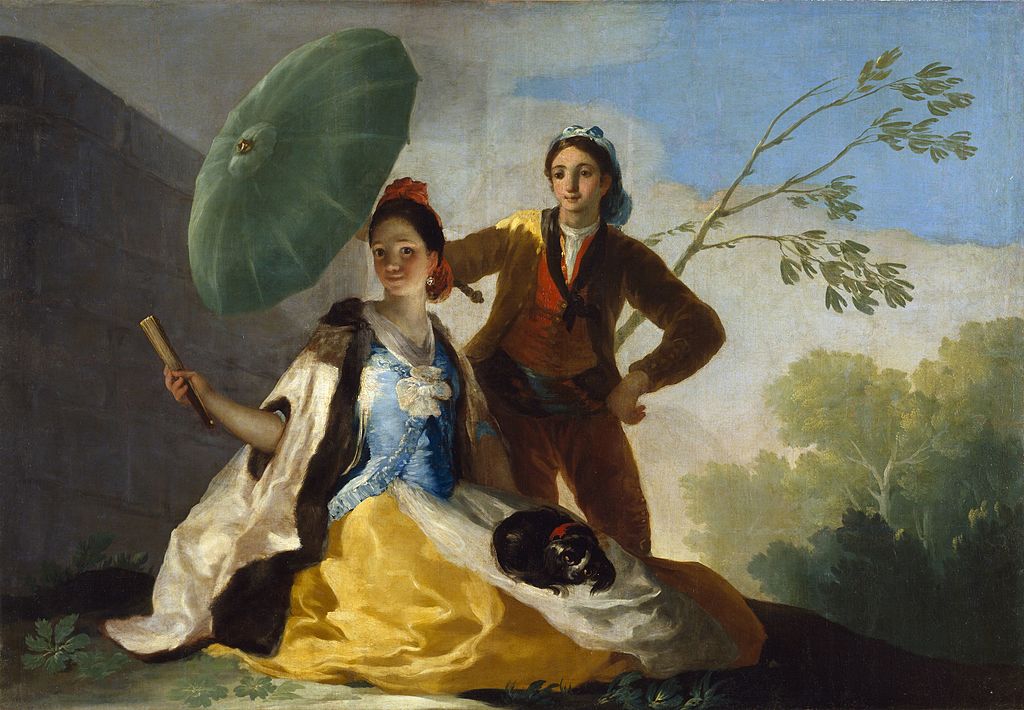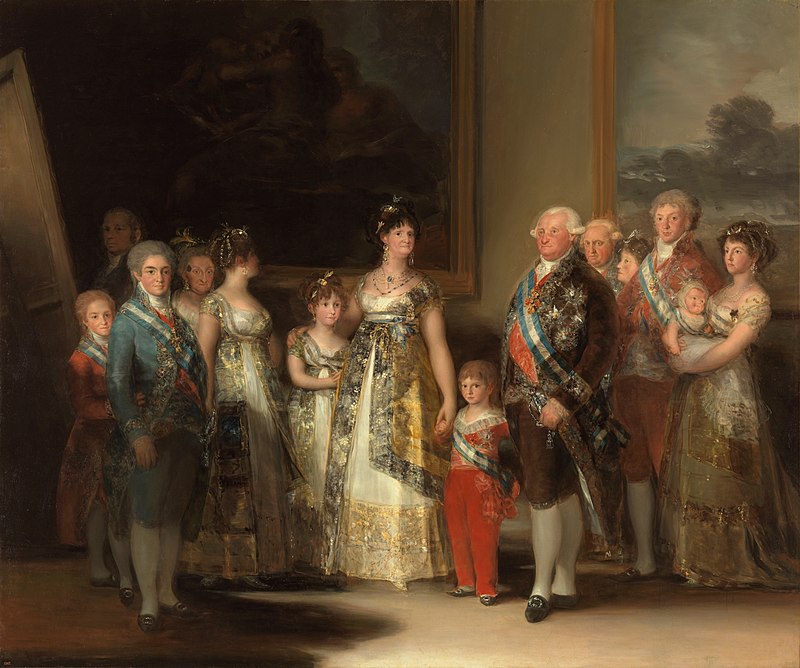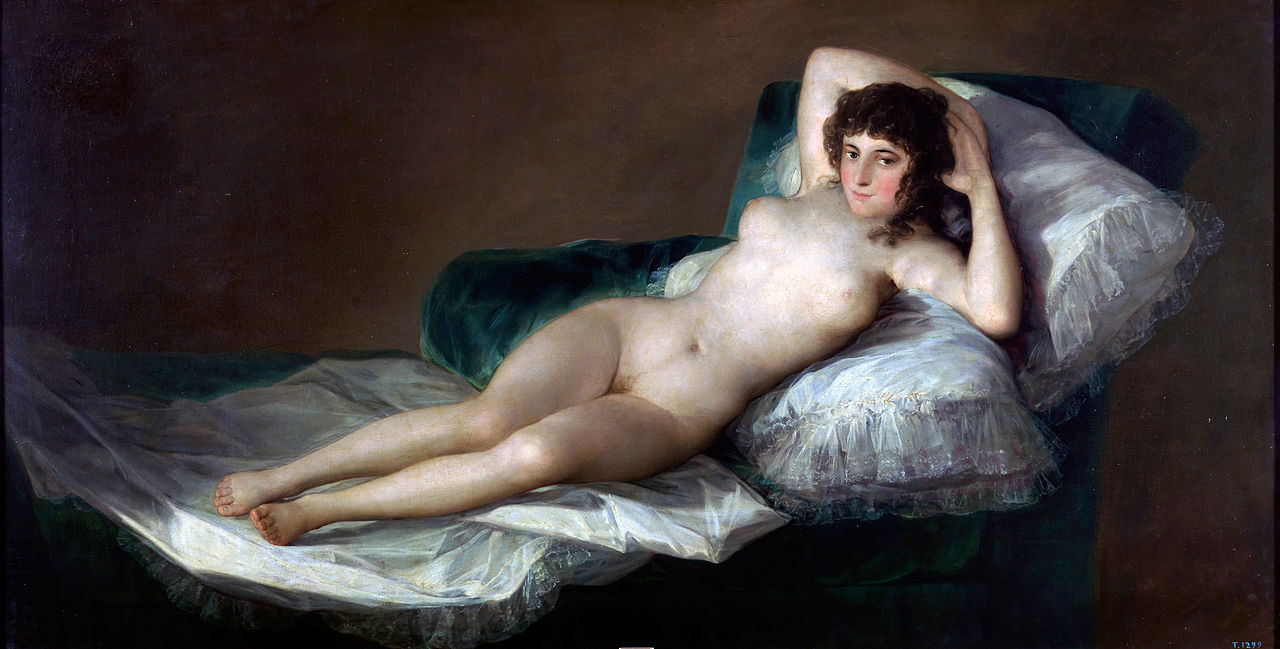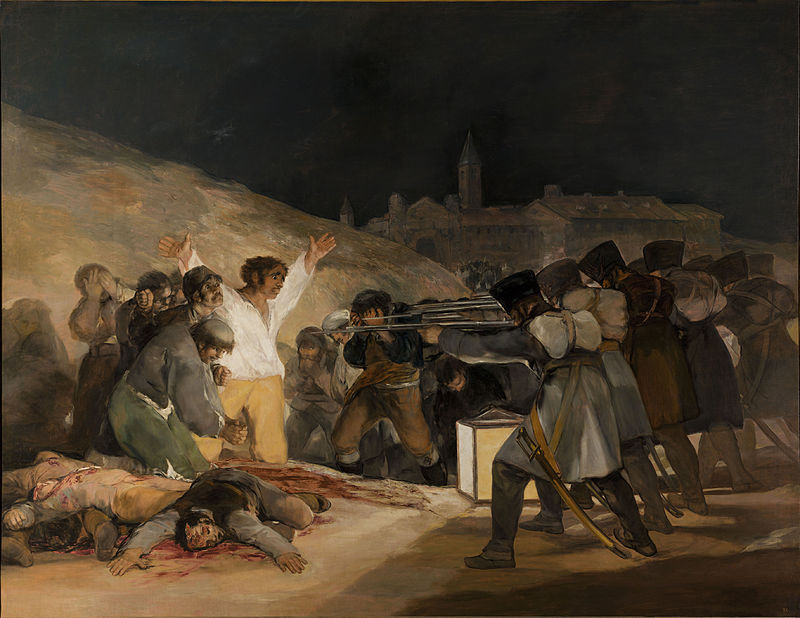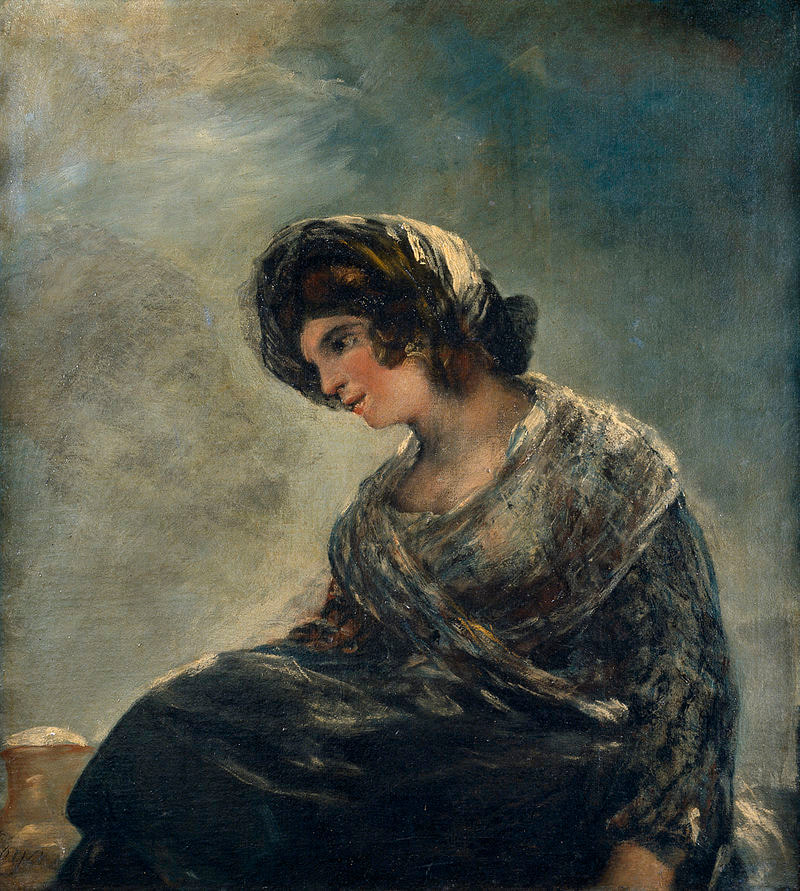An Appreciation:
|
Above: "The Parasol" - one of Goya's designs for a tapestry.
Below: "The Family of King Charles IV." Above: Goya was a prolific portrait painter.
Below: "The Naked Maja." Above: "The Third of May".
Below: One of Goya's last works "The Milk Maid." |
Artist appreciation - Francisco Goya
